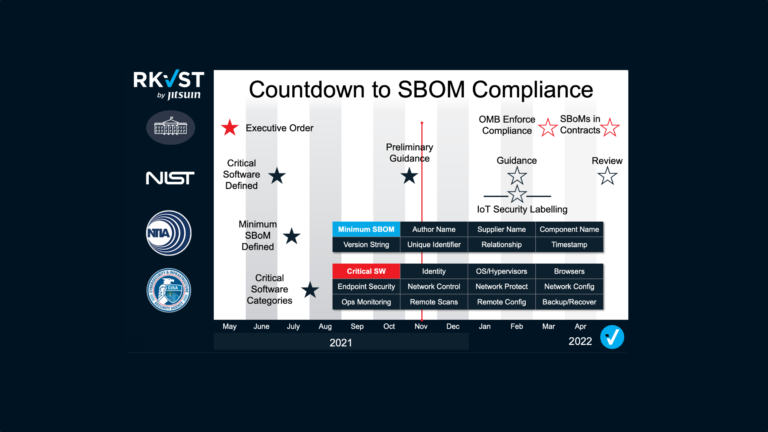Knowing where critical assets come from, and who has had access to modify, maintain or control them on the way into your enterprise is just the first step in securing the cyber supply chain. Creating, monitoring, and auditing effective governance to define exactly who can see, use and modify assets within your control is the next. In today’s connected businesses it is vital to share assets and information within and outside your organizational boundaries with absolute assurance that only the right parties can see the right information at the right time. Increasingly the responsibility to design and implement governance systems requires close collaboration between developers and their line of business customers.
Governance is a term more frequently associated with executive committees and board structures. It is also more often associated with failure. We hear stories of governance failures at financial institutions and large organizations as the root cause of unfair decisions, misuse of funds, or discriminatory practices. However, every part of the modern business has governance requirements, and in the hyper-connected, digital economy the demand for clear and effective governance of how shared data and critical assets are accessed and used is only going to increase. Developers lack the business knowledge to define the policies required, and business users lack the technical skill to implement enterprise-wide applications that enforce these policies. Both sides tend to see governance as red tape that restricts their ability to be agile, but governance is not the enemy and seamless collaboration will enhance security, flexibility, and growth.
GOVERNANCE DEMANDS COLLABORATION
Governance is essential to security and the safe flow of information about the critical assets which are the foundation of digital economies. Multi-party collaboration, the automation of decision-making, and the increasing deployment of Artificial Intelligence (AI) only make effective governance even more important. Clear and precise rules not only for who can see what, but how AI models use what data when to make decisions, are already a requirement in regulated industries. The growth of Trustworthy AI and wider transparency initiatives in all industries demand precise governance policies be created in all organizations.
Integrating and implementing governance in business applications is the role of the developer. But creating the policies and defining what that governance entails is the domain of business users familiar with the issues and requirements of specific business processes. Governance only works if everyone knows, plays by, and is held accountable to the same rules. Creating and effectively sharing common rules across multiple parties, each with their own concerns and agendas is one of the key challenges to effective governance.
All too often sets of rules and procedures are tied up in line-of-business silos that prevent successful collaboration across and between organizations creating unforeseen governance risks. Establishing and effectively sharing governance rules is a critical aspect in creating secure cyber supply chains.
DEVELOPERS AT THE HEART
With RKVST developers can create systems for collaboration that precisely govern how data are shared with high-definition controls. It allows developers to create the tools that empower business users to define governance policies that ensure only the right people have access to what they need to know when they need it and no more. RKVST puts business users in control of the tools to implement policies across the business and beyond to extend governance up and down the supply chain. It provides the framework for policies that control access at a granular level, approving or denying rights not only by an organization but by specific identity attributes.
At a time when simply keeping up with the organization’s requirement to automate and digitize ever more core processes is stretching development teams everywhere, adding governance should not be onerous. RKVST makes it easy for developers to support business users in establishing precise, finely tuned, access policies. It creates a reusable platform for assurance that business users and developers can use to collaborate, define and implement effective controls over who can see specific information about specific assets.
GOVERNANCE AS A SERVICE
RKVST gives developers a simple “as-a-service” approach to build governance at a meta-data level into their applications. Using its pre-defined asset templates, or creating their own set of attributes, developers can give their business customers the power to create and manage governance policies that make sense. Cloud-based identity and authentication services connect any application and establish precise controls over who can access what. With a single API, developers can integrate the RKVST service into their applications to publish and share information with collaborators inside and outside the business in a way that complies with governance policies.
Governance is a vital element of today’s connected business. Developers and business users must work together to define and deploy effective governance, not only across the organization but enforceable with any authorized external partner and stakeholder that has access to critical assets. RKVST provides a simple cloud-based service that can be quickly integrated and deployed as part of ongoing application development. To find out more, access the RKVST to see for yourself.





